Cylinder boring – everyone who has an ATV knows what this term means, but did you ever wonder exactly what happens to your cylinder between the time you drop it off and the time you pick it up? What I am going to show in this article are the steps and procedures for doing this critical job correctly.
Cylinder boring – everyone who has an ATV knows what this term means, but did you ever wonder exactly what happens to your cylinder between the time you drop it off and the time you pick it up? What I am going to show in this article are the steps and procedures for doing this critical job correctly.
Here we are all set up to run some cylinders through the first step in boring a cylinder. After the upper and lower gasket surfaces are cleaned we are ready to go.
You are seeing correctly, the cylinder is mounted upside down. This assures that the new bore is square with the cylinder base.
The cutting tip spins in the holder and automatically feeds itself down into the bore cutting a perfectly round hole parallel to the cylinder base. The bore is taken to within two thousandths or so of the finished bore size using this machine. Most shops will be happy to show you their boring equipment if they have it. If all they show you is a hone, take your cylinder elsewhere. Removing large amounts of material with a hone can get the bore out of square – not cool.
On two-stroke cylinders, it is necessary to chamfer the port edges. Rounding of the sharp edge prevents premature wear on the piston and ring assembly. Using a rotary burr to make the initial chamfer, and finishing it out with a sandroll, is a good way to get the proper angle and finish.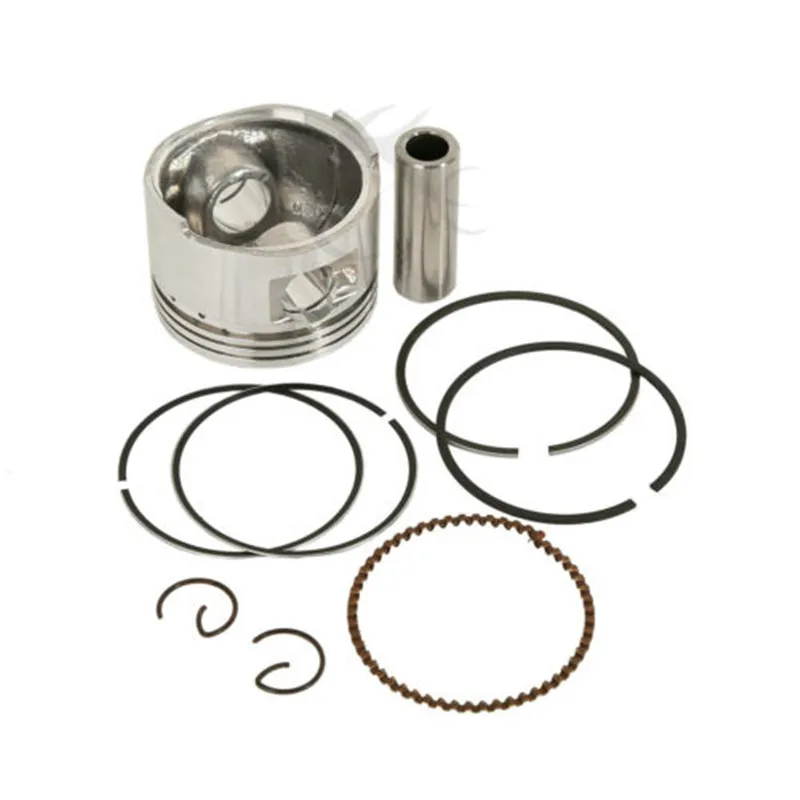
The top of the exhaust port shows a properly chamfered port. It doesn’t take a lot of material removal, just enough to break the sharp edge. I prefer to do my chamfer work before I finish hone the cylinder.
Honing Tools
What you see in this photo are cylinder hones. Most of you have seen the “spring loaded paddle hones,” these are much different. These hones adjust by a screw that allows the operator to add tension as needed. Unlike a spring-loaded hone, they will only cut a round circle if used properly. The cylinder’s final finish and size are attained using these pieces of equipment.
The fine stones that are doing the finish work will also imbed their abrasive into the cast iron walls of the cylinder. After picking up your cylinder from getting a fresh bore job, always wash your cylinder in hot soapy water. Washing in a solvent tank won’t get the abrasives out! Dawn dishwashing liquid works great for the final cleaning of a freshly bored and honed cylinder.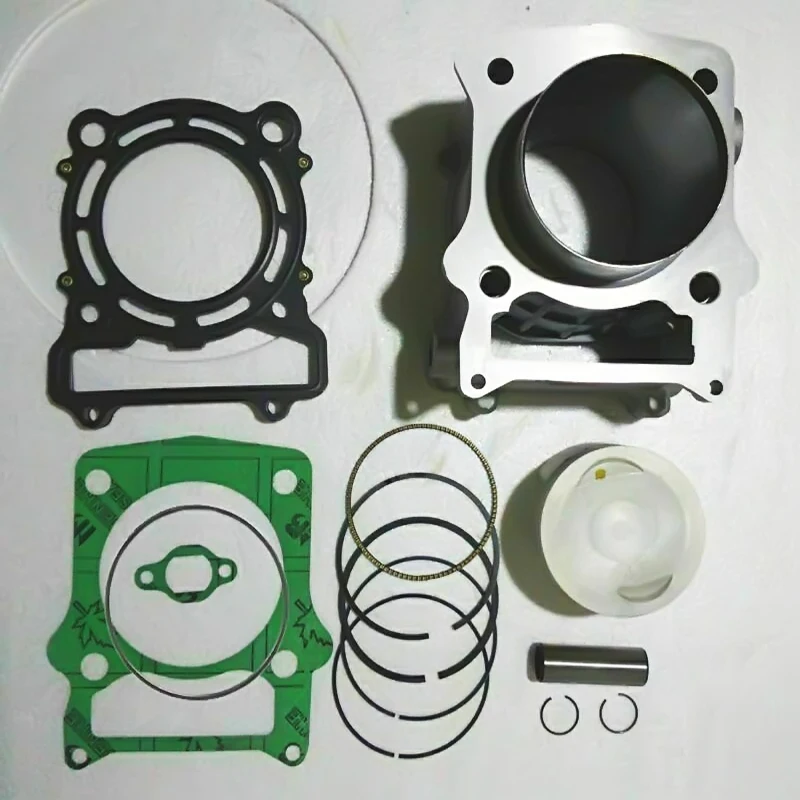 After you clean and rinse the cylinder, dry it quickly and then get a clean white paper towel with oil on it and use it to lubricate the bore. If the towel comes out of the cylinder, when you’re done lubricating it, with any traces of black or gray then the cylinder needs to be cleaned yet again. When properly cleaned the white paper towel with the oil on it will look the same color on removal as it did when you put it into the bore.
After you clean and rinse the cylinder, dry it quickly and then get a clean white paper towel with oil on it and use it to lubricate the bore. If the towel comes out of the cylinder, when you’re done lubricating it, with any traces of black or gray then the cylinder needs to be cleaned yet again. When properly cleaned the white paper towel with the oil on it will look the same color on removal as it did when you put it into the bore.
You are now ready to install your new piston into the cylinder and get back to riding!
Thanks for taking the time to read this article. Maybe next time we can modify a 2-stroke cylinder head.
Rick
Editor’s Note: Rick Ritter is an expert engine builder and offers a variety of services and performance parts. Visit Rick’s web site at rittercycle.com
First posted at ATV Connection on 1 January 2006
Check out our video about Cylinder Boring
Tags: Articles, Cylinder Boring, F
At LaBaron's Power Sports, our machine shop has been boring cylinders for decades. Our cylinder boring services and precision honing can repair your worn or damaged cylinder to like-new condition. The experience we have in engine machining and building will guarantee the correct clearances required for your specific application, that will in-turn provide you with a reliable engine. Our cylinder boring machine runs 6 days a week to serve you in a timely fashion. We have a dedicated machinist that can get your cylinder bored, in most cases, within a few days.
LaBaron's Power Sports offers full service cylinder boring on 2 and 4 stroke ATV, dirt bike, side by side and snowmobile engines with steel-lined cylinders. Proper cylinder to piston clearance is critical to engine life, so don't take it for granted. Let our machine shop measure and evaluate your cylinder before you slap a piston back in! Most modern cylinders are plated with Nikasil Plating. If your cylinder has Nickle-Silicon-Carbide (Nikasil) plating check out our Nikasil Replating page. Excessive piston to cylinder clearance or cylinder out of round/taper will cause the following:
Nearly any worn out, out of round, or tapered cylinder can be easily repaired by boring the cylinder to specification, chamfering the transfer ports and exhaust ports (2 cycle engines), and diamond honing to specific tolerances. Don't chance it, let our technicians perform this procedure on your cylinder to guarantee proper clearance and ring sealing.
Don't chance it, let our technicians perform this procedure on your cylinder to guarantee proper clearance and ring sealing.
Q: What is the average turn around time?
A: Once we receive your cylinder it can take about a week to get it finished.
Q: What size piston should I get?
A: We recommend .020 (0.50 mm) over increments.
Q: Do I need to remove the head studs, dowels, intake, etc.?
A: It's not required but you will be charged a small fee for us to do it in house
Q: What is the smallest and biggest size you can bore a cylinder?
A: 45mm is the smallest and 101mm is the largest we can bore due to the size of our boring bar.
Everyone knows that first of all, motorcycle cylinders are required and then only honing to the repair extended size. In this case, the geometry of each cylinder and gaps should be corrected.
Before plunging into repair technologies, the main question should be answered: why, in principle, is it necessary to honing and boring cylinders? In other words...
All geometric properties of the cylinder block are divided into "micro" and "macro". Obviously, macrogeometry is the shape, dimensions, general arrangement of repaired and other surfaces. It is easier to return to the previous dimensions, and, in particular, the clearance between the cylinder and the piston.
As a rule, the diameter of the cylinder is made larger for this, for example, bored according to the size of the repair piston. For many motors, the average clearance parameter is about 0.04-0.05 millimeters - this is exactly the size by which the cylinder diameter is larger than the piston.
Unfortunately, the shape of the renewed surface is not so good. It is necessary to make sure that the taper and ellipse of the cylinder do not exceed 0.01 mm.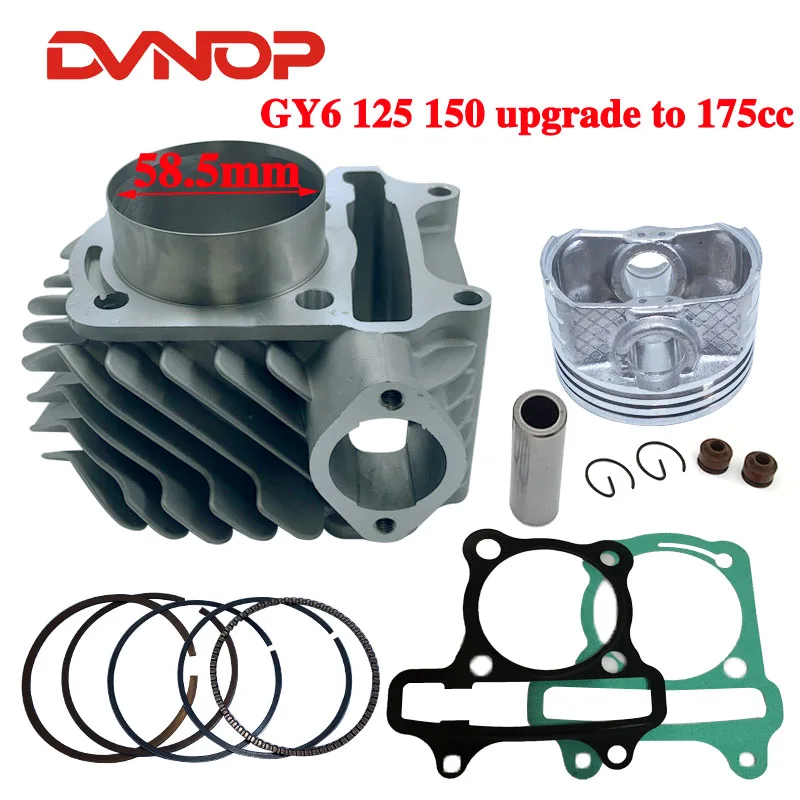 Otherwise, the cylinder will not have excellent abutment of piston rings and a strong working clearance.
Otherwise, the cylinder will not have excellent abutment of piston rings and a strong working clearance.
Often, inexperienced workers only do this when repairing, losing sight of the general arrangement of surfaces. This is mainly the perpendicularity of the axes of the crankshaft and cylinder, since it is this value that determines the resource of the motor and some auxiliary characteristics, for example, the noise of operation.
But “micro-geometry” is the micro-profile of the cylinder mirror. The wear and friction of spare parts, and especially piston rings, depends on the surface that turned out after the repair.
That's why this surface profile has to meet different requirements - to be even, but at the same time rough to retain oil. In addition, it is necessary that the rubbing elements have a short run-in time.
Such requirements are perfectly suited for a surface in which the main roughness marks have a depth of no more than 0.005-0.010 millimeters. This surface is formed during flat top honing.
This surface is formed during flat top honing.
Cylinders are subject to repair when severely worn. Of course, the amount of wear varies, therefore, not always the cylinder block, even if the engine has been running for a long time, needs repair.
As a rule, the parameters of cylinder wear can be determined by two factors:
• ellipse of the mirror, which appears in the area of contact between the cylinder wall and the lower part of the piston;
• Wear where the upper piston ring stops.
In the first parameter, the limit value reaches 0.03 millimeters, and in the second - 0.05. When the cylinder is in poor condition, the piston wheels will not work due to wear in the upper part. Thus, their vibration occurs and, possibly, impacts on the stage, as a result, the rings and grooves on the piston wear out faster.
The tightness of the rings against the cylinder changes the ellipse. Because of this, the gap between the cylinder and the piston begins to expand.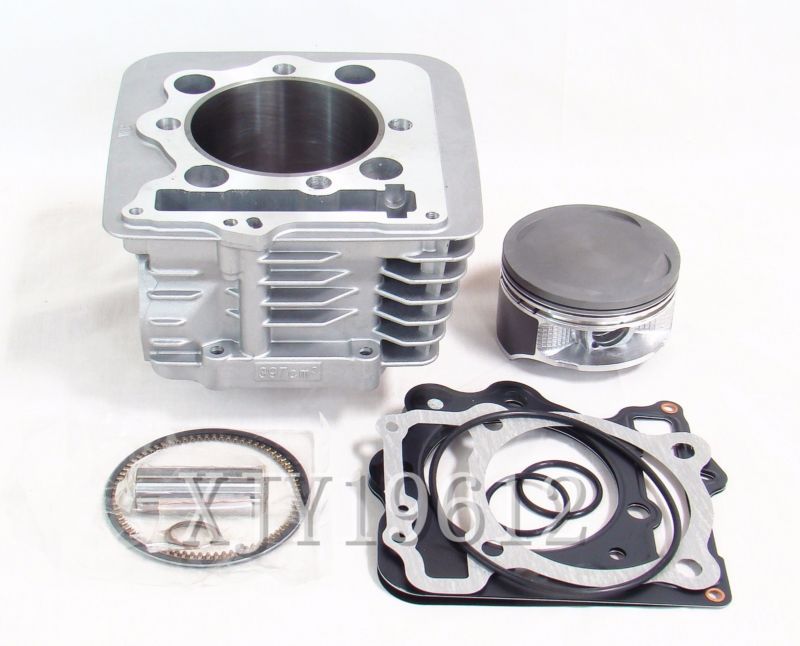 These two factors will lead to a decrease in compression, the entry of gases into the crankcase and an increase in oil consumption. And this will happen even if you put new rings and pistons in the engine.
These two factors will lead to a decrease in compression, the entry of gases into the crankcase and an increase in oil consumption. And this will happen even if you put new rings and pistons in the engine.
Of course, after the repair, the mentioned values will return, but for a too short period of about 10-20 thousand kilometers.
It turns out that worn cylinders have unacceptable distortions in geometry. Therefore, it should be restored to its original state, in other words, it is required to repair the unit.
There are many parameters that are controlled during the repair of the cylinder block, and their value can change at different stages of machining.
It is clear that in order to obtain a high-quality repair, it is necessary to correctly build the entire sequence of procedures for this processing and be sure to observe the geometry of the cylinder block. This is the simplest approach, with which it is not easy to achieve a positive result.
Therefore, it is desirable to consider the repairable block solely as a blank, which will have to go a long way to become a part.
It goes without saying that a workpiece does not immediately turn into a part. To do this, you need to create the appropriate conditions: the right technique, tools and good equipment.
The repair of these cylinder blocks is largely equipment dependent. Undoubtedly, many workshops cannot afford the machines that are used for repairs, because they are too expensive.
On the machine, it is possible to honing cylinders to the required size directly without boring. In addition, the usual boring is no longer required, the installation corrects the cylinder geometry on its own.
Only at the end should the stones on the honing head be replaced with special abrasive brushes to achieve a flat top surface. In general, we get an excellent microprofile, and also the taper and ellipse are not more than 0.01 mm.
But still there are problems, however, it becomes noticeable much later, when the repaired engine will pass - 40-50 thousand kilometers. For example, noise may occur in the motor or oil may leak. After all, it's all about the relative position of the surfaces on the repaired block.
This raises the question of what happens in honing if motorcycle cylinders are not bored. First, the bars, resting on the less worn areas of the cylinder, gradually smooth the surface, removing all the cones and irregularities.
The cylinder already acquires a geometrically correct plane, except for the mark at the top of the step. With subsequent honing, it will also disappear, and subsequently removing even tenths of a millimeter, the desired repair value of the cylinder will come out.
A competent repair procedure for such a block of cylinders is long in any situation, because pre-boring is required. It is possible to reduce time only on honing, of course, if you use good equipment. After all, only in this way will a high-quality repair be performed.
Note: if you need cheap office furniture in Moscow, you can look at the furniture catalog at www. felix.ru. Delivery and assembly is carried out.
felix.ru. Delivery and assembly is carried out.
The engine of any vehicle is its heart, which makes the wheels spin, thereby setting the transport, including the motorcycle, in motion. Thus, the greatest loads during engine operation fall on its cylinders and pistons. This is due to the difficult conditions of high temperature and pressure in which the motor operates.
As the pistons rise and fall inside the cylinder, they are in constant friction with the cylinder walls, thereby causing wear. It is worth noting that the motorcycle cylinder can wear out quite unevenly, and therefore, the cylinder is deformed, losing its original shape. Unfortunately, with the naked eye, this defect becomes noticeable far from immediately.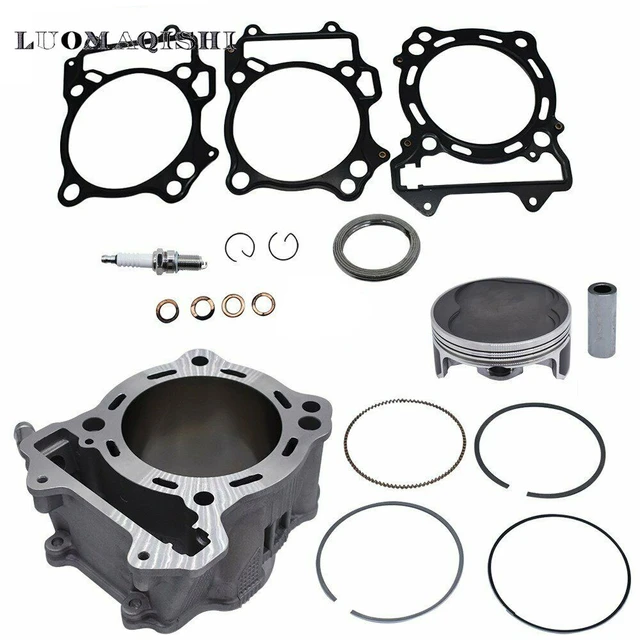 However, the fact that the shape of the cylinder has changed can be found out with the help of special measuring tools.
However, the fact that the shape of the cylinder has changed can be found out with the help of special measuring tools.
It should be remembered that the piston carries out movements inside the cylinder along the correct trajectory only theoretically, in practice this happens a little differently. The angle of deviation from the trajectory affects the wear rate of parts. Thus, the larger the angle, the faster the motorcycle cylinders wear out.
The movement of pistons in cylinders along an incorrect path is due to several factors, one of which is the nature of the design (lack of axis or perpendicularity of the position of the parts that are mated).
In addition, very large dimensional tolerances also contribute to the rapid wear of pistons and cylinders, due to which the piston moves not only parallel to the cylinder axis, but also with a certain deviation from the horizontal.
It is also worth considering the temperature regime at which all this happens, as well as the products of production.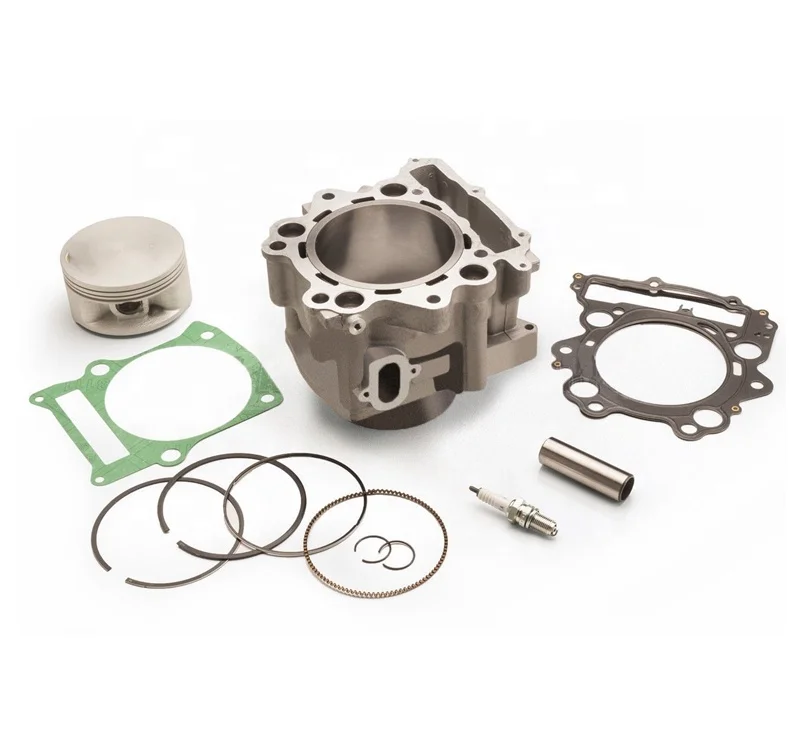 All this has a devastating effect on the cylinder walls and piston surface. Thus, as a result, we can have not a round cylinder, but an elliptical one.
All this has a devastating effect on the cylinder walls and piston surface. Thus, as a result, we can have not a round cylinder, but an elliptical one.
If this situation occurs, replacing the piston alone does not solve the problem. It needs to be solved comprehensively, i.e. piston replacement plus cylinder bore of a motorcycle.
i.e. Cylinders should be rebored every time they are found to be worn out. It should also be taken into account that not all cylinders are subject to wear even with fairly long-term operation in very difficult conditions. There are also such cases that the vehicle lives out its life, while never boring the cylinders.
Parameters for determining cylinder wear:
 03 mm.
03 mm. Thus, these two parameters may well answer the question - is it worth it or not to bore the cylinder. If there is at least one of the above changes, then the answer is obvious - boring is necessary.
There are also worse situations when a so-called "stepped" defect appears in the upper part of the cylinder. The resulting step reduces the wear time of the cylinder, piston rings, seats on the piston under the rings, as a result of which very noticeable shocks appear during driving. However, this defect becomes noticeable without any measurements. When it changes the nature of the engine - it begins to vibrate strongly.
This is a direct indication for immediate repair, since the ellipsoidality accompanying this defect leads to the fact that the piston rings do not fit better to the cylinder walls. This, in turn, can lead to a breakthrough of gases from the cylinder into the crankcase, a violation of compression in the engine, which also increases oil and fuel consumption.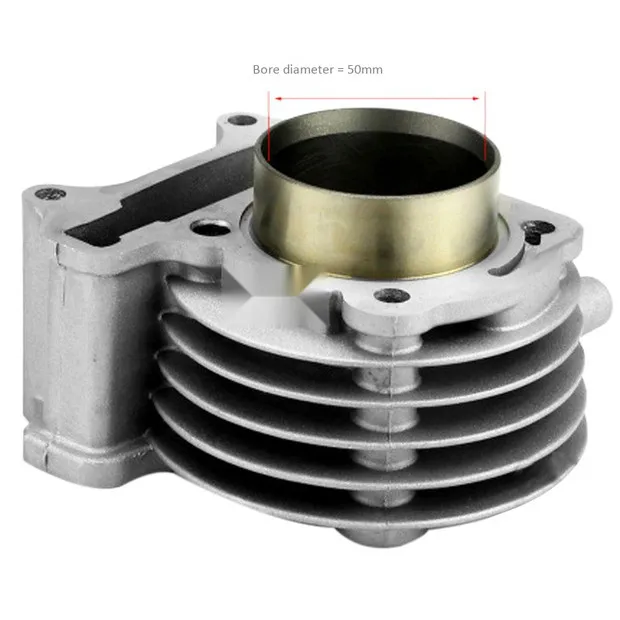
As you can see, in addition to the fact that untimely elimination of defects leads to a waste of money, they can also cause irreparable damage to the heart of the vehicle.
In this case, cylinder boring will help restore the necessary parameters of this part of the motor. However, boring means not only the restoration of the geometric parameters of the motorcycle cylinders, but the restoration of the normal position of the mating parts relative to each other. In other words, if only the cylinder geometry is corrected, this will not be enough to restore normal alignment and the normal arrangement of all major surfaces.
The consequence of this is the appearance of excessive friction, which affects other structural components of the piston group. In other words, all moving parts that are involved in the operation of the engine and are included in the piston group will be subjected to an additional load on bending, compression, etc. This, in turn, may cause further breakdown of the cylinders during engine operation.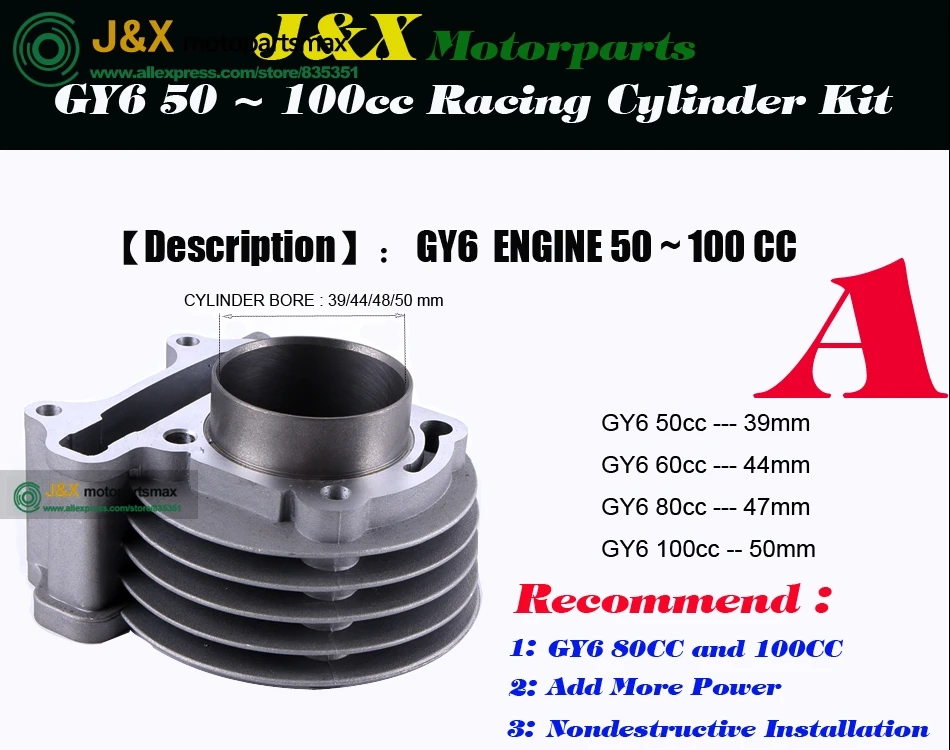
Thus, if there was a question about boring the cylinder, then, of course, it is better to do it in the workshop - more expensive, but less problematic.
However, at present there are still masters who are willing to carry out this process themselves. Perhaps someone does not have enough money, and someone just likes to spend time in the garage, poking around in his motorcycle. In any case, it is possible to bore a motorcycle cylinder on your own. It should be noted right away that the boring method is also suitable for an automotive cylinder block. The only caveat is that turning to a turner is inevitable, since it is the turner who can make the appropriate mandrel that is suitable for this process.
The mandrel must be sized according to the dimensions of the cylinder being bored. For example, if the cylinder diameter is 76 mm, then the diameter of the mandrel should be 74 mm, and its length should exceed the length of the cylinder by about 150 mm, although a little more is possible.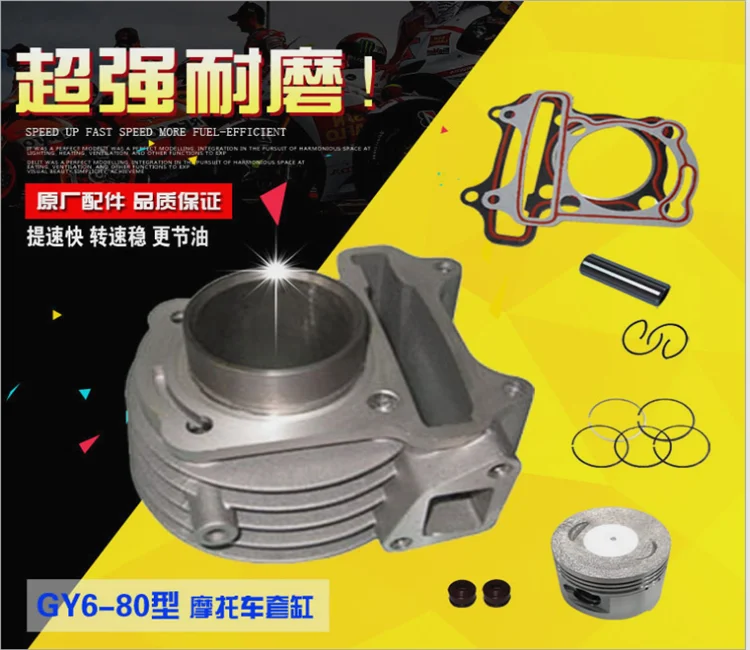 After the mandrel is ready, it is necessary to make a hole in it into which the knob will be inserted, and also cut a groove along the groove with a hacksaw, the depth of which should be approximately 10 mm.
After the mandrel is ready, it is necessary to make a hole in it into which the knob will be inserted, and also cut a groove along the groove with a hacksaw, the depth of which should be approximately 10 mm.
The cylinder boring process is relatively simple. However, it will take a very long time of monotonous work.
In addition to the mandrel, you will also need a good, moisture-resistant, coarse sandpaper, as well as a couple of sheets of fine-grain sandpaper to stuff the mirror. When all the tools are available, you can proceed directly to the process of boring the cylinder. To do this, insert coarse sandpaper into the groove, and then wrap the mandrel around it. Sandpaper should also be well saturated with oil and can be inserted into the cylinder.
Care must be taken to ensure that the mandrel with sandpaper enters the cylinder correctly, otherwise there is a risk of boring it out of the repair size. To do this, you need to check.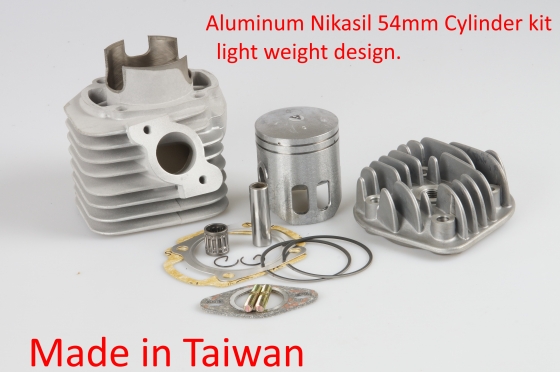 After the mandrel is wrapped with sandpaper, it should be placed in the cylinder, if it enters too freely, then paper should be placed under the sandpaper and try again. It is necessary to ensure that the mandrel with sandpaper enters the cylinder a little tight, with the help of rotation. When everything is done, you can start rotating the boring tool inside the cylinder.
After the mandrel is wrapped with sandpaper, it should be placed in the cylinder, if it enters too freely, then paper should be placed under the sandpaper and try again. It is necessary to ensure that the mandrel with sandpaper enters the cylinder a little tight, with the help of rotation. When everything is done, you can start rotating the boring tool inside the cylinder.
In this case, the sanding paper should be lubricated with oil every time - this will prevent its frequent clogging. As soon as there is a feeling that the sandpaper inside the cylinder rotates easily, you need to put paper under it again and continue the process. In the course of boring the cylinder, you should periodically try to insert a repair piston into it. When the piston enters the cylinder tightly, you can change the sandpaper to a finer one, and start filling the mirror.
Care should be taken to ensure that the piston does not dangle during the boring of the motorcycle cylinder, but its movement is not hindered either.